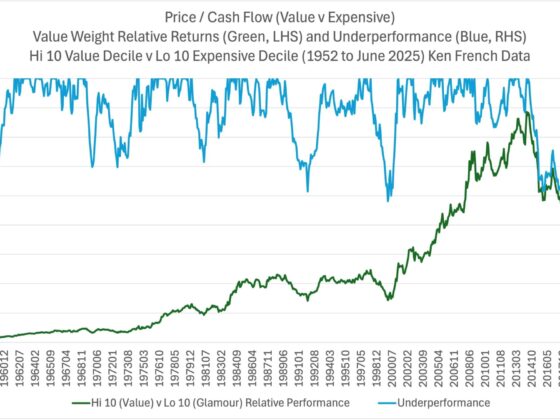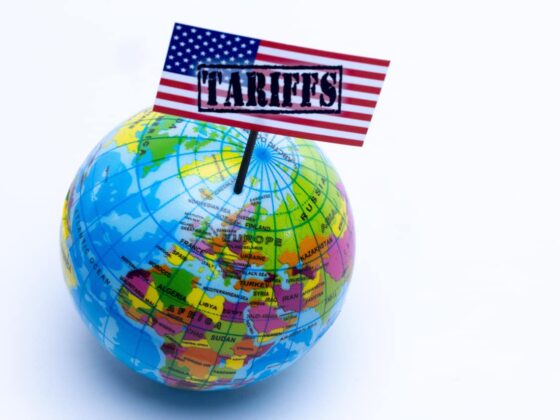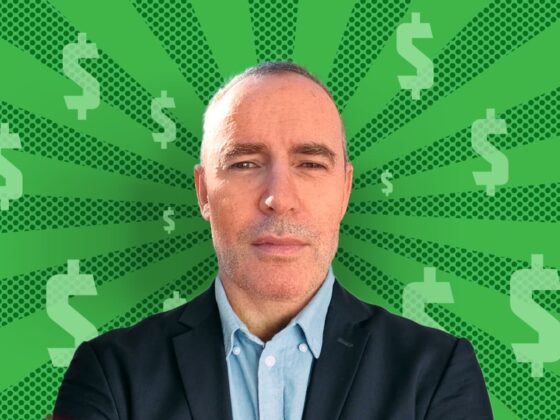By Jamie McGeever
ORLANDO, Florida (Reuters) — TRADING DAY
Making sense of the forces driving global markets
By Jamie McGeever, Markets Columnist
I'd love to hear from you, so please reach out to me with comments at . You can also follow me at @ReutersJamie and @reutersjamie.bsky.social.
Well, well, well. In a week jam-packed with global tariff, earnings, data and policy fireworks, the most explosive was kept for last: July's U.S. employment report, which shattered the optimism – or complacency – building around the U.S. economy and stock market.
Weak job growth, together with the latest wave of steep tariffs imposed by U.S. President Donald Trump, triggered a huge selloff in global stocks and the dollar on Friday, floored bond yields, and revived expectations of a Fed rate cut next month.
Today's Key Market Moves
* Dollar index snaps six-day winning streak and slumps morethan 1%, its biggest fall since April. Dollar/yen plunges 2.2%,biggest fall since January 2023. * S&P 500 slides 1.6%, biggest decline since May, asprofit-taking sets in after new highs this week. Nasdaq slumps2.2% – is tech topping out? * U.S. 2-year bond yield tumbles 26 bps, the biggest fall ina year and akin to an instant quarter-point rate cut. * Crude oil futures fall nearly 3%. * Comex copper steadies on Friday but plunges 24% thisweek, its worst ever week since futures contracts launched in1988.
Now that's a reality check
Global markets were floored on Friday by a powerful one-two punch from the latest U.S. employment data and U.S. tariffs slapped on dozens of countries. It was a sobering reminder that the economic foundations supporting Wall Street's record highs this week may not be that strong.
The weak jobs growth seemed to fly in the face of Fed Chair Jerome Powell's assessment on Wednesday that the labor market is strong, and vindicate the two dissenters, Governors Christopher Waller and Michelle Bowman. Although to be fair to Powell, he did stress that downside risks were growing.
Yet average earnings and hours worked rose in July, and the unemployment rate only inched up to 4.2%. That's effectively still full employment. If the bar to cutting rates is tied to the unemployment rate, it is still a high one.
Rates futures traders don't see it that way though. They now see a rate cut next month as a near-certainty, and are pricing in 60 basis points of easing by year-end.
Investors were also sideswiped on Friday by U.S. President Donald Trump's latest wave of tariffs on 69 trading partners, ranging from 10% to 41%, that will start in a week's time. This will raise the U.S. effective tariff rate closer to 20%, nearly 10 times higher than the end of last year.













